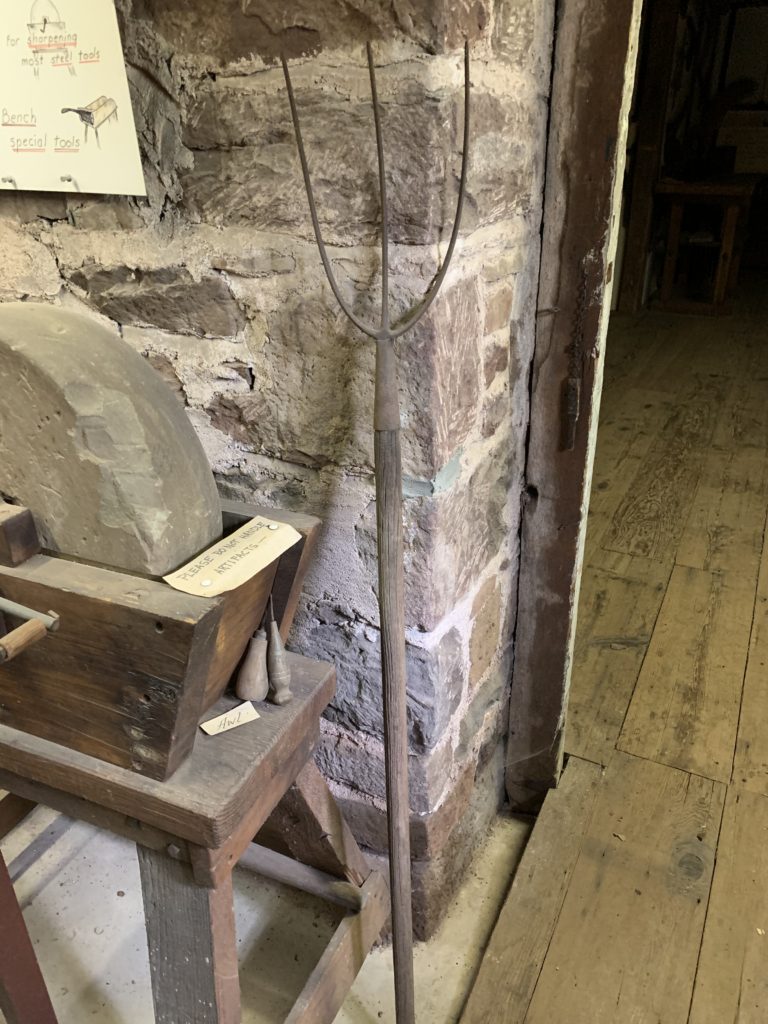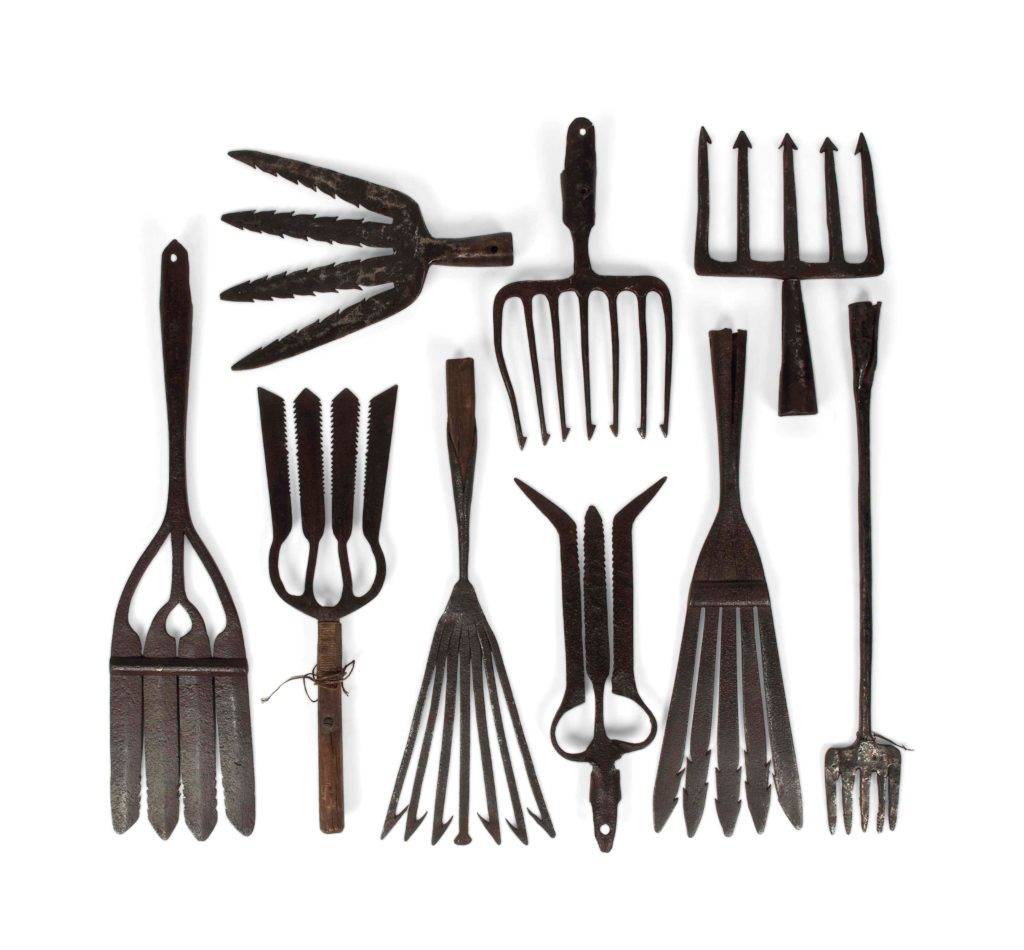Is it eel time yet?
Canned fish is having a moment! Sales of this shelf stable and nutritious food have grown exponentially over the last few months.
But what if your repertoire of sardine recipes is exhausted? What if you cannot face another tuna casserole? What if you are seriously considering ordering a can of Surströmming* from that obscure Scandinavian website, just for something different??
Herewith, we offer a suggestion from the 18th century – consider the eel!
Despite the fact that eel is not commonly found in mainstream American kitchens today, it was a staple of the colonial diet. The first English settlers brought their love of eel with them, a taste that was shared by the native Americans they encountered. In his book “Two Voyages to New England” (1672), John Josselyn waxes poetic about new world eels:
“I never eat better Eals in no part of the world that I have been in, than are here.” He goes on to describe his favorite cooking method, a rather complicated preparation involving stuffing the eels with nutmeg and cloves, winding them into a wreath, layering them on top of a small loaf of bread and a mix of herbs, covering with a mix of water and wine vinegar, and boiling until done.
The Dutch who settled in New Netherlands (now known as New Jersey) also brought an appreciation for eels. From De Verstandige Kock (The sensible cook) (Jan van der Groen,1667) comes a simpler and surprisingly modern recipe:
To Stew an Eel
Take an Eel washed clean and cut into pieces, add to it water, Butter, Ginger, Onion, a little Salt. Let it stew together until it is done enough, then add chopped Parsley and Lovage to the pot, continue to cook for a little while and dish him up.
The 18th century colonists of New Jersey would have had no difficulty in obtaining enough eels for their suppers. American eel are catadromous, meaning they spawn in the ocean, but live most of their lives in freshwater. Fishing for the American eel was common all along the rivers and inlets of the Raritan Bay, from present day Staten Island down to the Navesink River. Depending on the time of year, fishing methods differed, from baited traps during early spring to long handled pronged spears during the cold winter months. The Miller-Cory House Museum has once such spear among its artifacts.
So, if you’d like to get out of the house for some fresh air and a fresh meal, grab your fyke net or your shore seine and head down to Keyport or perhaps Atlantic Highlands. We suggest the following 18th century American recipe for your Memorial Day barbecue:
To Broyle Eels
Skin your Eels, and slitt them down the back. Cutt them in large pieces and throw a very little peper and Salt over them and broyle them on a gridiron over a clear fire. For the Sause, melted butter, vinegar, and a little Nutmegg.
From: Pleasures of Colonial Cooking by the Miller Cory House Museum and the New Jersey Historical Society (1982). This book contains a transcription of a rare early American recipe book which was kept by the Ashfield family in 18th century New York City and New Jersey. It includes two recipes for eel.
*Surströmming – Swedish for “sour herring”; fermented and canned Baltic Sea herring that has been a staple of traditional northern Swedish cuisine since at least the 16th century. It is said to be an acquired taste, which may be a bit of an understatement.*
L: The Miller-Cory’s eel spear.
R: A collection of 18th c spears. The type depended on the season, location, and other factors.


